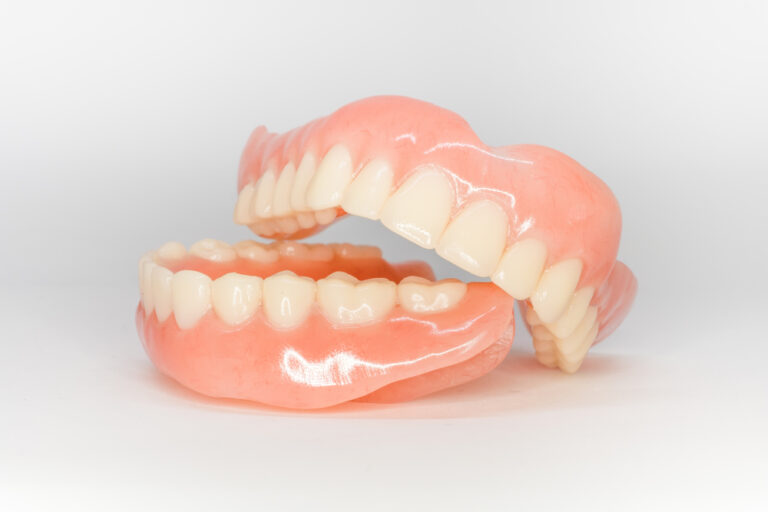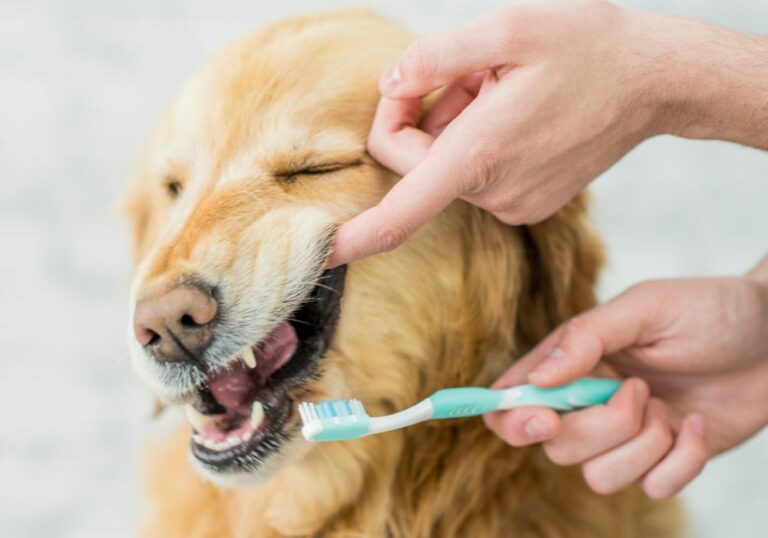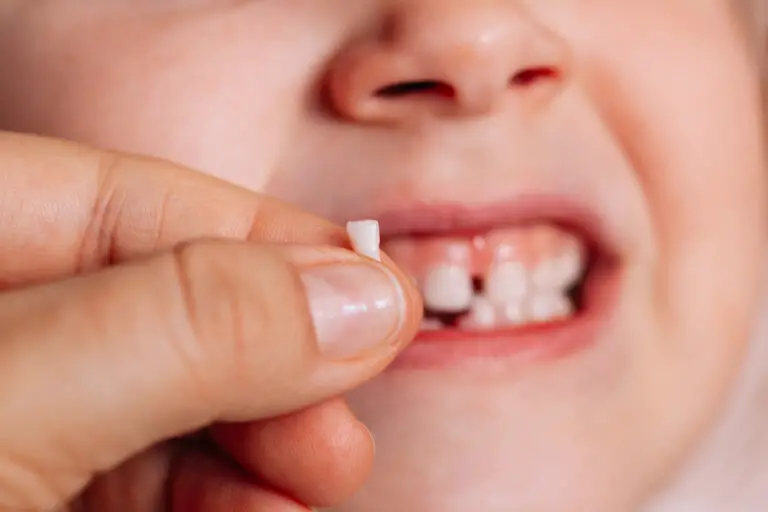Are you wondering if a tooth can rot under a silver cap? The short answer is yes. While dental crowns provide excellent protection for damaged teeth, they are not invincible. Just like natural teeth, dental crowns can develop decay if proper oral hygiene is not maintained. The most common reason for decay under a dental crown is poor oral hygiene.
If you have a silver cap or crown on your tooth and are experiencing pain underneath it, there are several potential causes. Infection under the crown is one of the most common reasons for tooth pain. Decay under the crown can also cause pain and discomfort. It is essential to fix decay under the crown of a tooth as it can lead to serious health concerns.
It’s important to understand the potential risks of dental crowns and how to properly care for them. With proper oral hygiene, you can help prevent decay under a silver cap and maintain good oral health. Let’s explore the reasons for tooth decay under a silver cap and what you can do about it.
Understanding Tooth Decay and Silver Caps
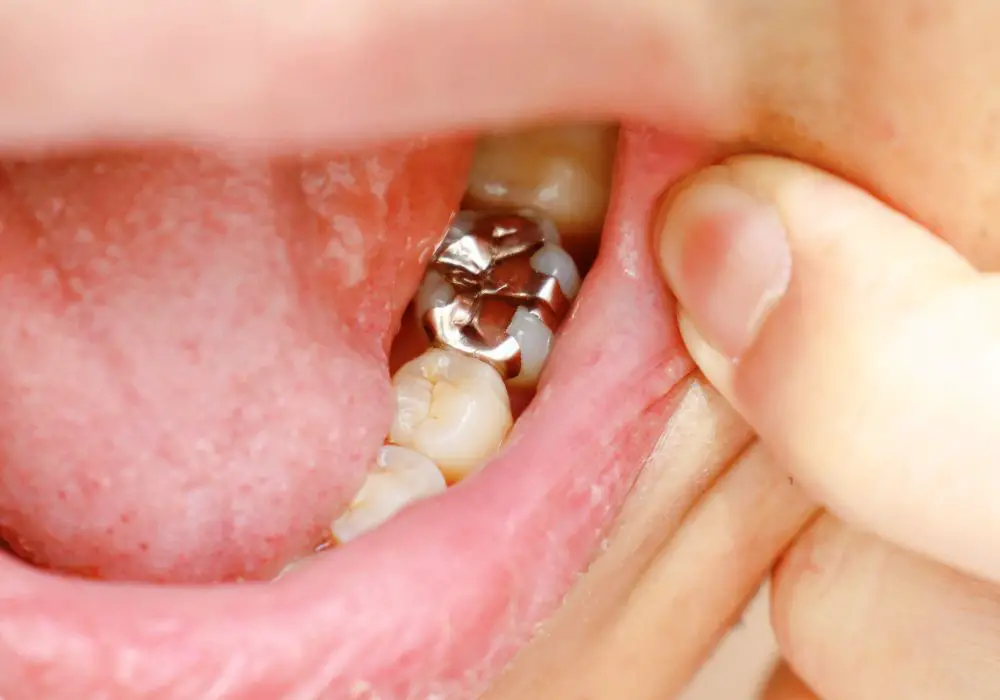
What is Tooth Decay?
Tooth decay, also known as dental caries, is a common dental problem caused by the breakdown of tooth enamel. It occurs when bacteria in the mouth produce acid that eats away at the tooth’s surface, creating a cavity. If left untreated, decay can progress and cause pain, infection, and even tooth loss.
Several factors can contribute to tooth decay, including poor oral hygiene, a diet high in sugar and carbohydrates, dry mouth, and certain medical conditions.
What is a Silver Cap?
A silver cap, also known as a dental crown, is a type of dental restoration used to cover a damaged or decayed tooth. It is made of metal, porcelain, or a combination of both and is designed to look and function like a natural tooth.
A silver cap is typically recommended when a tooth is too damaged to be restored with a filling or other dental treatment. It is also used to protect a weakened tooth from further damage or to improve the appearance of a misshapen or discolored tooth.
While a silver cap can be an effective way to restore a damaged tooth, it is important to note that it does not prevent decay from occurring on the underlying tooth structure. In fact, if proper oral hygiene is not maintained, decay can develop under the crown and cause further damage to the tooth.
To prevent decay from occurring under a silver cap, it is important to maintain good oral hygiene habits, including brushing twice a day, flossing daily, and visiting your dentist regularly for checkups and cleanings. Your dentist may also recommend using a fluoride mouthwash or other dental products to help strengthen and protect your teeth.
Can Tooth Decay Happen Under a Silver Cap?
If you have a silver cap, also known as a dental crown, you may be wondering if tooth decay can still occur underneath it. The answer is yes, tooth decay can still happen under a silver cap, and it’s important to know how to prevent it.
A silver cap is placed on a tooth to protect it from further damage and decay. However, if you don’t take proper care of your teeth and gums, bacteria can still build up and cause decay underneath the cap. This can lead to further damage to the tooth and potentially even infection.
To prevent tooth decay under a silver cap, it’s important to maintain good oral hygiene practices. This includes brushing your teeth twice a day, flossing daily, and using an antiseptic mouthwash. You should also avoid sugary and acidic foods and drinks, as these can contribute to tooth decay.
Regular dental check-ups are also important to ensure that your silver cap is still in good condition and that there are no signs of decay underneath it. Your dentist may also recommend X-rays to check for any decay that may not be visible to the naked eye.
In some cases, if tooth decay is detected under a silver cap, the cap may need to be removed and replaced. Your dentist will be able to determine the best course of action based on the extent of the decay and the condition of the tooth.
In summary, tooth decay can still occur under a silver cap, but it can be prevented with proper oral hygiene practices and regular dental check-ups. If you suspect that you may have decay under your silver cap, it’s important to see your dentist as soon as possible to prevent further damage.
Signs of Tooth Decay Under a Silver Cap
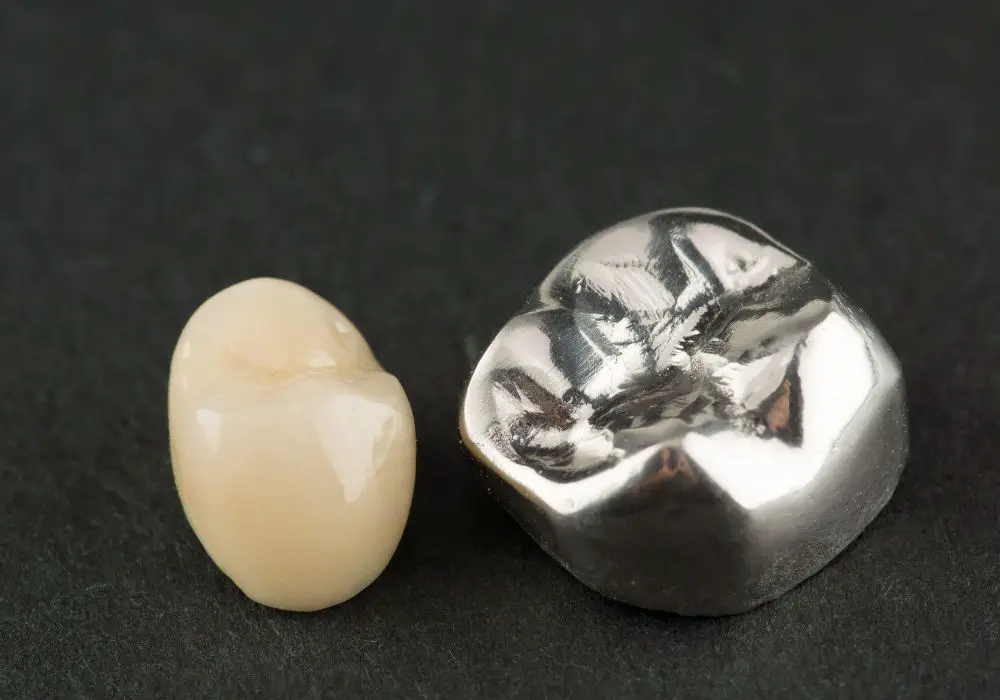
If you have a silver cap on one or more teeth, you may wonder if tooth decay can still occur underneath it. Unfortunately, the answer is yes. Tooth decay can develop under a silver cap, and it’s important to recognize the signs so you can seek prompt treatment. Here are some signs of tooth decay under a silver cap that you should watch out for:
- Tooth sensitivity: If you experience sensitivity when you drink hot or cold beverages, or when you eat sweet or acidic foods, it could be a sign of tooth decay under your silver cap. This sensitivity occurs when the decay has reached the inner layer of your tooth, which contains nerves and blood vessels.
- Pain or discomfort: If you feel pain or discomfort in the tooth with the silver cap, it could be a sign of decay. The pain may be sharp or dull and may occur when you bite down or chew.
- Bad taste or odor: If you notice a bad taste or odor coming from the tooth with the silver cap, it could be a sign of decay. This occurs when bacteria have accumulated in the decayed area.
- Visible signs of decay: If you can see visible signs of decay, such as discoloration or dark spots on the tooth surface, it’s a clear indication that decay is present.
If you notice any of these signs, it’s important to see your dentist as soon as possible. Your dentist can examine your tooth and determine if decay is present under your silver cap. If decay is detected, your dentist will remove the cap, clean out the decay, and replace the cap with a new one. Early detection and treatment of tooth decay can help prevent further damage to your tooth and preserve your oral health.
Preventing Tooth Decay Under a Silver Cap
If you have a dental crown, it is important to take steps to prevent tooth decay from developing underneath it. Here are some oral hygiene practices and regular dental check-ups that can help you keep your teeth healthy and prevent decay under a silver cap.
Oral Hygiene Practices
Maintaining good oral hygiene is crucial to preventing tooth decay under a silver cap. Here are some oral hygiene practices you should follow:
- Brush your teeth twice a day with fluoride toothpaste.
- Floss your teeth daily to remove food particles and plaque from between your teeth.
- Use an antiseptic mouthwash to kill bacteria that cause tooth decay.
- Avoid sugary and acidic foods and drinks that can erode tooth enamel and cause decay.
Regular Dental Check-Ups
Regular dental check-ups are important for detecting and treating tooth decay under a silver cap. Here are some things you can expect during a dental check-up:
- Your dentist will examine your teeth and gums for signs of decay or other dental problems.
- Your dentist will take X-rays to check for decay under your silver cap.
- Your dentist will clean your teeth to remove plaque and tartar buildup that can lead to decay.
By following good oral hygiene practices and scheduling regular dental check-ups, you can prevent tooth decay under a silver cap and keep your teeth healthy.
Treatment Options for Tooth Decay Under a Silver Cap
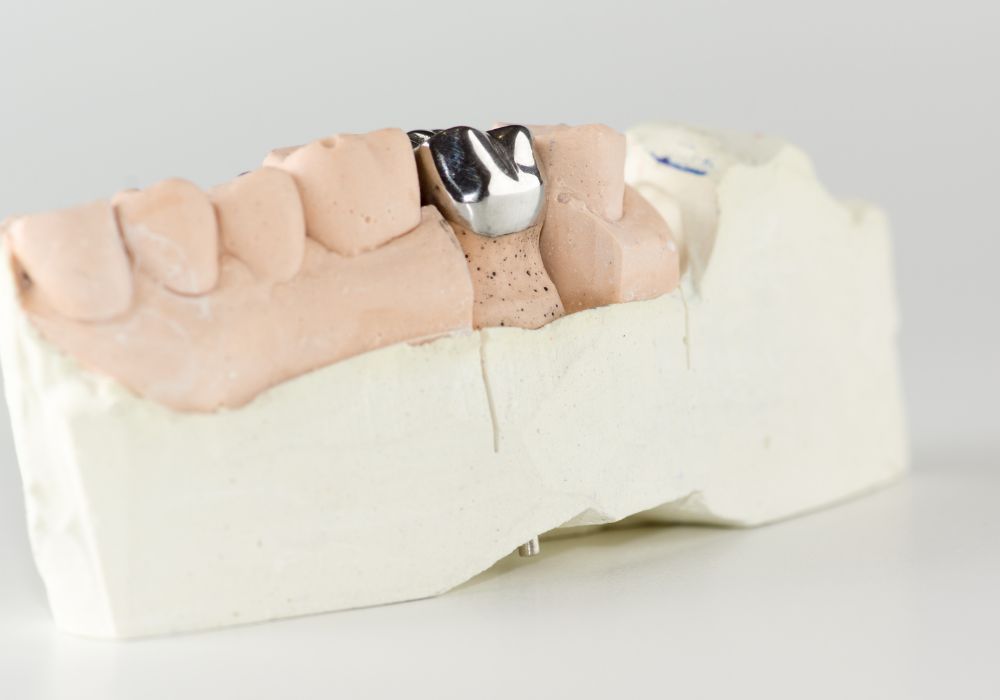
If you have a silver cap and are experiencing tooth decay, it is crucial to seek treatment as soon as possible. Ignoring the issue can lead to further damage and potentially even tooth loss. Here are the treatment options for tooth decay under a silver cap:
Tooth Filling
If the decay is caught early, a tooth filling may be the best option. During this procedure, the dentist will remove the decayed portion of the tooth and fill it with a dental filling material. The filling material can be made from various materials, such as tooth-colored composite resins or dental amalgam.
Root Canal Therapy
If the decay has progressed to the point where it has reached the tooth’s pulp, a root canal may be necessary. During this procedure, the dentist will remove the infected pulp and replace it with a filling material. They will then place a crown over the tooth to protect it.
Tooth Extraction
If the decay is severe and has caused significant damage to the tooth, extraction may be the only option. This is typically a last resort, as it is always best to save the natural tooth if possible. After extraction, the dentist may recommend a dental implant or bridge to replace the missing tooth.
It is important to note that prevention is always the best course of action. Maintaining good oral hygiene habits, such as brushing twice a day and flossing daily, can help prevent tooth decay and the need for extensive dental work. Additionally, regular dental check-ups can catch any issues early on and prevent them from becoming more serious.
Frequently Asked Questions
Can a crown hide tooth decay?
Yes, a crown can hide tooth decay. Crowns are designed to cover and protect damaged or weakened teeth, but they can also hide decay that may be developing underneath. That’s why it’s important to maintain good oral hygiene and visit your dentist regularly for check-ups and cleanings.
What are the signs of decay under a crown?
Some signs of decay under a crown may include:
- Sensitivity to hot or cold temperatures
- Pain or discomfort when biting or chewing
- Swelling or inflammation around the affected tooth
- Discoloration or darkening of the tooth
- Foul smell or taste in the mouth
If you experience any of these symptoms, it’s important to see your dentist as soon as possible.
How common is decay under a crown?
Decay under a crown is not uncommon, especially if proper oral hygiene is not maintained. However, with regular dental check-ups and cleanings, as well as good brushing and flossing habits, the risk of decay can be minimized.
What happens if you don’t treat decay under a crown?
If left untreated, decay under a crown can lead to further damage to the tooth, including infection and even tooth loss. In some cases, the decay may be so extensive that the crown will need to be removed and the tooth will require more extensive treatment, such as a root canal or extraction.
Can a decayed tooth be crowned?
In some cases, a decayed tooth can be crowned. However, the decay must be removed and the tooth must be prepared before the crown can be placed. Your dentist will assess the extent of the decay and determine the best course of treatment.
How can you prevent decay under a crown?
To prevent decay under a crown, it’s important to maintain good oral hygiene by brushing twice a day, flossing daily, and visiting your dentist regularly for check-ups and cleanings. You should also avoid chewing on hard or sticky foods that can damage your teeth and your crown.

